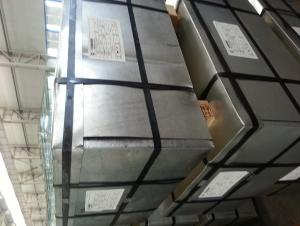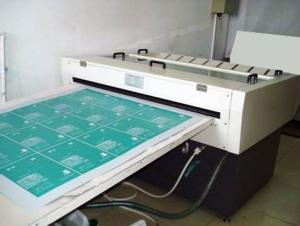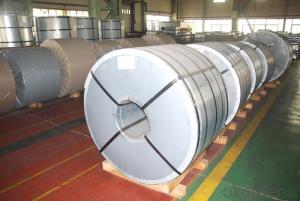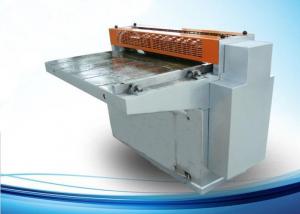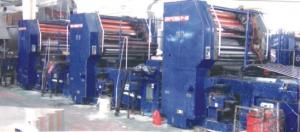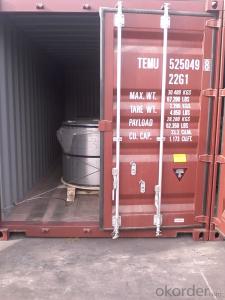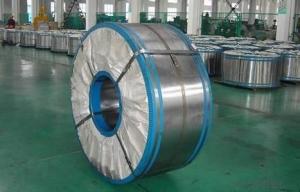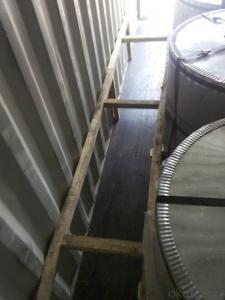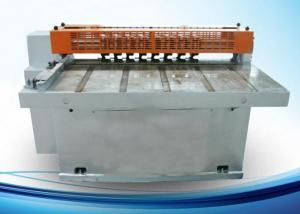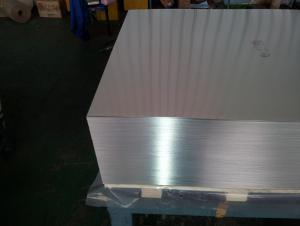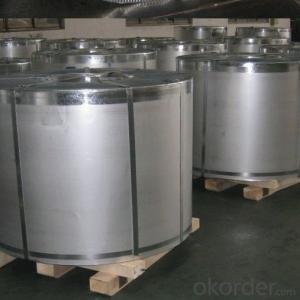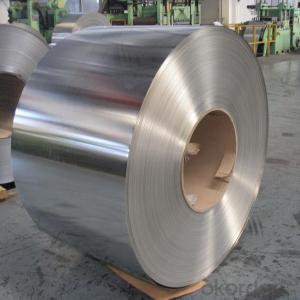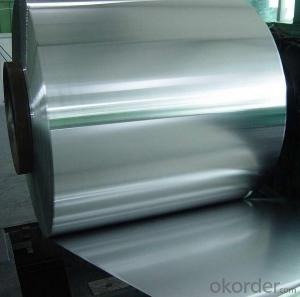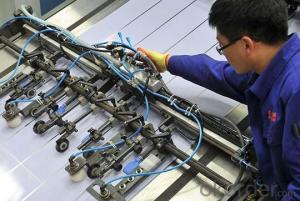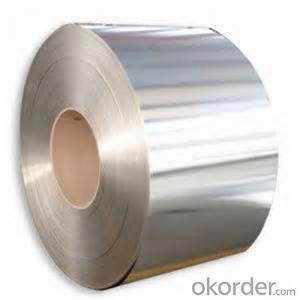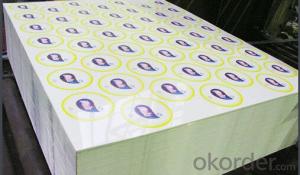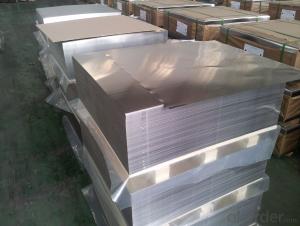Tinplate Packaging
Tinplate Packaging Related Searches
Tinplate Food Packaging Tinplate Printing Printing Tinplate Printed Tinplate Tinplate Production Tinplate Products Tinplate Coating Tinplate Containers Tinplate Recycling Envases Tinplate Tinplate Material Tinplate Tins Tinplate Cans Buy Tinplate Tinplate Layout Tinplate Cover Tinplate China Tinplate Suppliers Tinplate Purchasing Corp Tinplate Box Tinplate Manufacturers Printing Tinplate Sheet Tinplate Printing Machine Tinplate Factory Tinplate Packaging Market Tinplate Producers Tinplate Shortage Tinplate Collectables Tinplate Company Tinplate MarketTinplate Packaging Supplier & Manufacturer from China
Tinplate packaging is a versatile and widely used product in the packaging industry, offering excellent protection and preservation for a variety of goods. These containers are made from sheets of tinplate, which is a thin sheet of steel coated with a layer of tin. They are known for their durability, resistance to corrosion, and ability to maintain the freshness and quality of the products they contain. Tinplate packaging is commonly used for food items, beverages, pharmaceuticals, and personal care products, among others.Tinplate packaging is highly sought after due to its ability to provide airtight seals, which help to preserve the contents and extend their shelf life. It is particularly popular in the food and beverage industry, where it is used for packaging items such as canned fruits, vegetables, soups, and beverages. In addition, it is also used in the pharmaceutical industry for storing and protecting medications, as well as in the personal care industry for packaging products like creams, lotions, and cosmetics. The usage scenarios of tinplate packaging are vast, making it a staple in the packaging world.
Okorder.com is a leading wholesale supplier of tinplate packaging, boasting a large inventory of high-quality products to cater to the needs of various industries. As a reputable supplier, Okorder.com ensures that their tinplate packaging products meet the highest standards of quality and performance, making them a reliable choice for businesses looking to source this essential packaging material. With their extensive selection and commitment to customer satisfaction, Okorder.com is the go-to source for tinplate packaging solutions.
Hot Products




